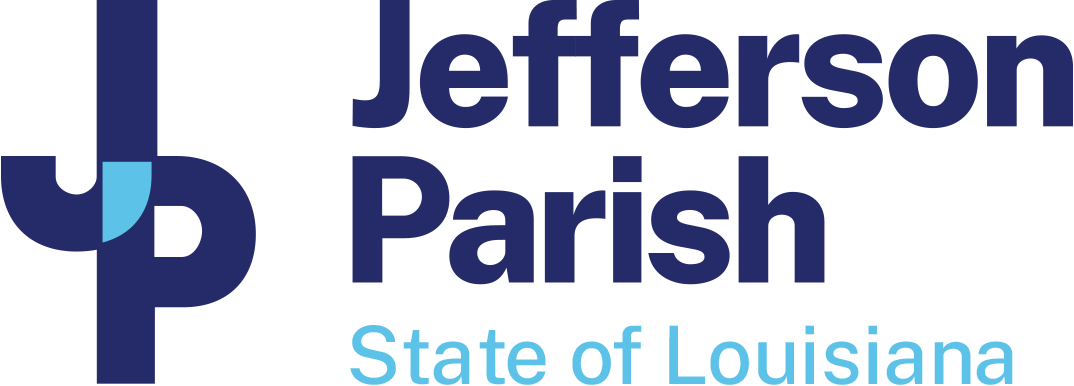Flexible Waterline
Due to the ongoing drought, saltwater entering the Mississippi River from the Gulf of Mexico has threatened drinking water for more than 1 million people in the Greater New Orleans area. Jefferson Parish has been working closely with the U.S. Army Corps of Engineers, the Governor’s Office of Homeland Security and Emergency Preparedness and regional partners to closely monitor this situation. In preparation for the potential impacts of the saltwater intrusion, our Public Works and Water departments had to get creative and develop an appropriate, multi-pronged plan of action for each of the three water intakes in Jefferson Parish.
On Thursday, October 5, 2023, the U.S. Army Corps of Engineers held a press conference to release an updated saltwater intrusion timeline that shows the impact to the City of Gretna is delayed to late November and the potential for chloride levels to not exceed 250 ppm for our West Jefferson intake decreased and East Jefferson intake significantly decreased. On Thursday, October 12, 2023, the Corps again released an updated timeline that shows the potential for chloride levels not to exceed 250 ppm for all three Jefferson Parish intakes. While this is great news, we have continued to move forward with our mitigation approach, which includes construction of a 15-mile flexible waterline system on the West Bank of Jefferson Parish that will allow us to pump in fresh water from a location slightly upriver of Kenner. Construction on the waterline system began last Wednesday, October 4, 2023 and, once completed, we plan to test the system and be ready in case the forecast changes.
The West Bank flexible water line system will begin at the intake of the West Bank Water Treatment Plant, which produces 30 million gallons of water a day. The complete system consists of eight, 12-inch diameter flexible lay-flat pipes with four high-velocity diesel pumps every 3.5 miles for the first seven miles. The remaining seven miles will consist of a partial system for testing consisting of two, 12-inch lay-flats with one pump every 3.5 miles. If the Corps’ forecast changes for the worse, we are prepared to install the complete system for the final seven miles. We chose this system of lay-flats because they’re more nimble than other materials and allow us to work around obstacles along the batture.
At this time, Jefferson Parish continues to survey land and obtain necessary permits and permissions for a similar East Bank waterline system, but we do not anticipate having to deploy it due to the Corps’ updated timeline and forecast along with the position of the East Jefferson intake 6.3 miles upriver of the West Jefferson intake. However, if circumstances change, we are prepared to begin construction on the 10-mile system starting at the East Bank Water Treatment Plant intake, which produces 40 million gallons of water a day.
The City of Gretna’s water treatment plant provides about 4 million gallons a day, so barging water and reverse osmosis machines will create full redundancy for residents in Gretna. Timberlane, which is in unincorporated Gretna, is serviced by our West Bank Treatment Plant.
If saltwater reaches the West Jefferson intake, Grand Isle will be serviced through an emergency waterline from Lafourche Parish.
